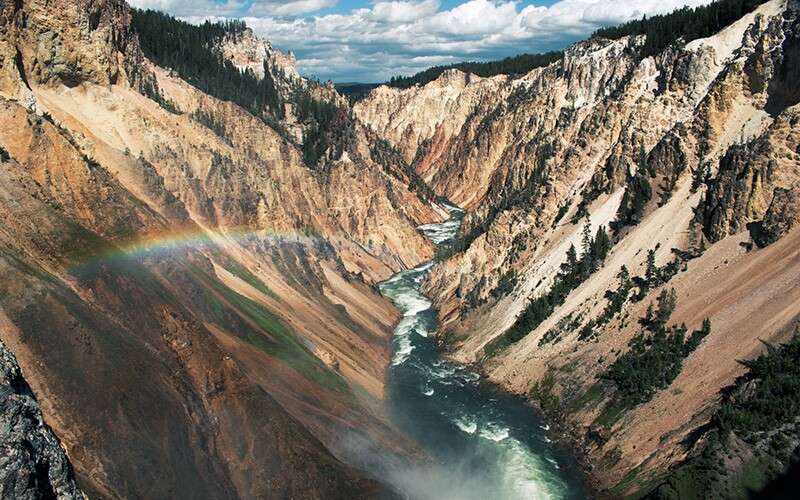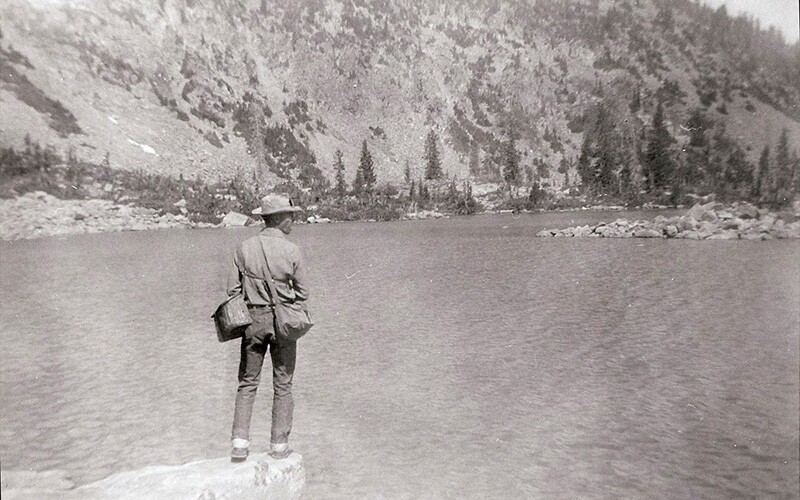The first national park in the world was established in 1872 with the creation of Yellowstone National Park. Now, 150 years later, Yellowstone remains one of the most visited national parks in the world, welcoming visitors with magnificent sights and recreational activities.
While the official title of first national park goes to Yellowstone, some might argue it has a predecessor. Yosemite was set aside as preserved land in the year 1864, nearly a decade before Yellowstone. At this time, the concept of a “national park” was not yet on the table, but the state of California was charged with protecting this stunning landscape from private ownership. Yosemite would officially become a national park in 1890.
Today national parks preserve over 84 million acres of land in the United States alone, and there are over 4,000 unique national parks across the globe.

Why Were National Parks Established?
The history of national parks can be traced back almost a century before Yellowstone or Yosemite, to the first instance of land protection by legal means. In 1776, on the island of Tobago, the first government land preserve, the Tobago Ridge, was established under the premise that its forest helped ensure much-needed rainfall on the island. Two years later, in 1778, Mongolia would also dedicate a nationally protected nature reserve in Bogd Khan Uul.
Preserving a natural area for environmental reasons is a very important goal, but it is only part of the idea behind national parks. It was not even the main idea behind the establishment of the first national parks, Yellowstone and Yosemite. Both parks were established to protect the beauty of their land for future generations to see. This is part of what sets national parks apart from wildlife reserves: they are for people as much as they are for nature. National parks are meant to be visited!

The 19th and 20th centuries were a time of rapid industrialization, which put a spotlight on the beauty and fragility of nature. Parks were welcome escapes from urban life, and national parks both protect naturally beautiful environments and provide recreational areas for visitors to enjoy.
Part of the work done by the Civilian Conservation Corps of the 1930s involved improving both state and national parks to better manage and conserve wildlife within the parks, as well as making the parks more accessible and safer for visitors. This involved constructing trails and campgrounds as well as planting trees and monitoring animal populations.
As the years went by, more national parks were added to the roster in the United States, with the most recent being the New River Gorge National Park, which was welcomed to the list in 2020. Across the world, many other countries have also dedicated national parks and wilderness reserves, and currently, protected natural space makes up 6 percent of the earth’s surface.
National Parks and Recreation
Opportunities for recreation set the national parks apart from wildlife preserves and conservation areas. The goal of the first national park and other national parks is to allow visitors to experience their beauty and connect with nature. This means that there are many structures in the parks designed to make visiting easier, such as roads, bridges, shelters, and restrooms. Many national parks not only have campsites, but entire lodges, so no matter your wilderness experience you can comfortably visit.

National parks also offer education and adventure opportunities for visitors of all ages. If you’re in the United States or planning to visit, you can find out more about events and activities through the National Park Service, which runs all 63 of the United States National Parks.
Share Your Stories
How many national parks have you visited? Have you been to the first national park, Yellowstone? Have you travelled overseas to visit national parks in another country? Create a FamilySearch account and share your stories on FamilySearch Memories.
FamilySearch Memories is a way to store your photos, audio, and other written records for free on FamilySearch. All you have to do is create a free account, and you can share your memories for future generations to enjoy.
Related Articles
At FamilySearch, we care about connecting you with your family, and we provide fun discovery experiences and family history services for free. Why? Because we cherish families and believe that connecting generations can improve our lives now and forever. We are a nonprofit organization sponsored by The Church of Jesus Christ of Latter-day Saints. To learn more about our beliefs, click here.




